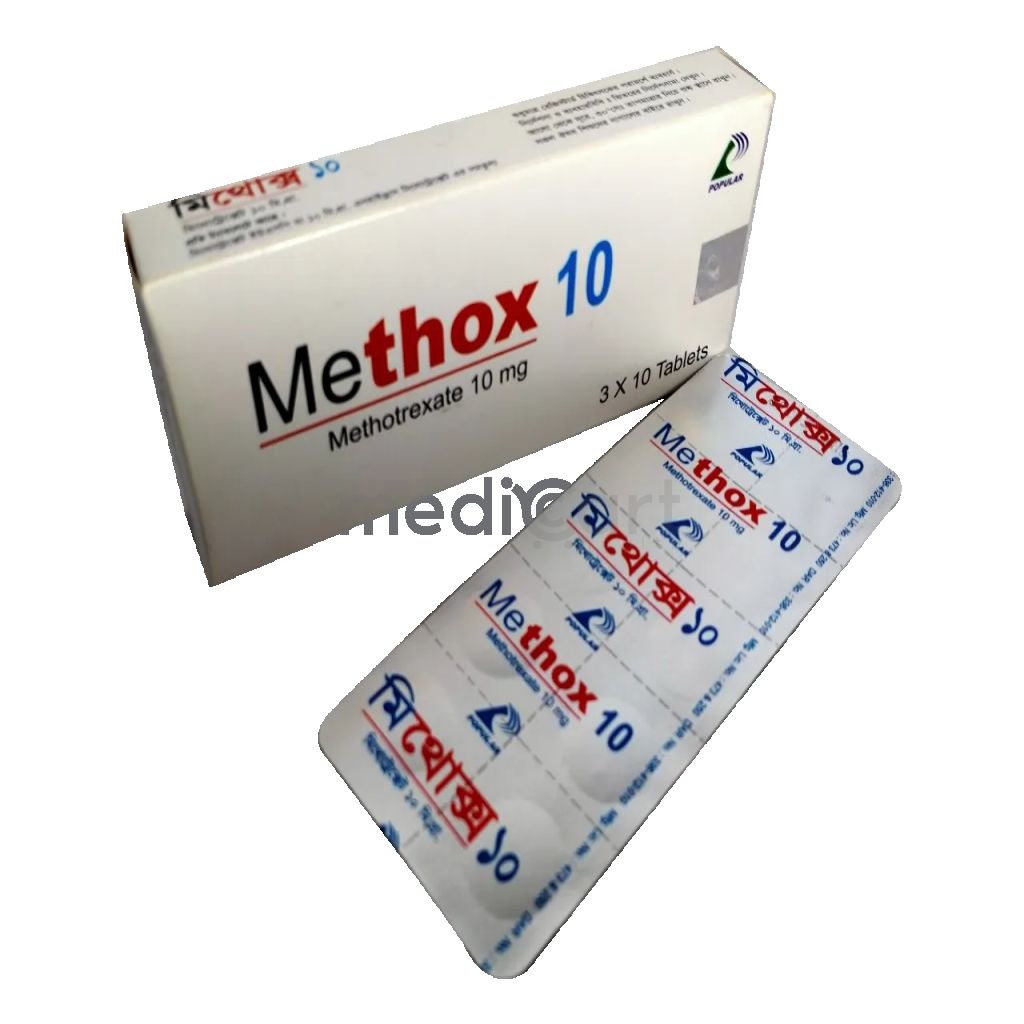

Seren - 20mg Cap
Capsule* Delivery will be done in Dhaka city only.
Alternative Product
More Information About - Seren - 20mg Cap
Description
Generic Name
Fluoxetine
Precaution
Unstable epilepsy, liver and renal impairment, cardiac disease, diabetes, electroconvulsive therapy, bleeding disorders, closed-angle glaucoma; pregnancy. May impair performace of skilled tasks; withdraw gradually. Close monitoring of clinical worsening and behavioural changes during the 1st few mth of treatment or when there are dose changes. Lactation Excreted in milk; avoid (AAP states effect on nursing infants is unknown but may be of concern)
Indication
Panic disorder, Obsessive compulsive disorder, Trichotillomania, Premenstrual dysphoric disorder, Major depression, Post-traumatic stress disorder, Bulimia nervosa, Body dysmorphic disorder, Binge eating disorder
Contra Indication
Severe renal or hepatic failure; hypersensitivity; lactation; concomitant MAOIs or within 2 wk of MAOI withdrawal.
Dose
N/A
Side Effect
>10% Headache (20-25%),Nausea (12-29%),Insomnia (10-33%),Anorexia (4-17%),Anxiety (6-15%),Asthenia (10-15%),Diarrhea (8-18%),Nervousness (8-14%),Somnolence (5-17%),Tremor (3-13%),Weakness (7-21%) 1-10% Dizziness (9%),Dry mouth (6-10%),Dyspepsia (6-10%),Sweating (5-10%),Decreased libido (2-5%),Abnormal taste (>1%),Agitation (>1%),Chest pain (>1%),Chills (>1%),Confusion (>1%),Ear pain (>1%),Hypertension (>1%),Increased appetite (>1%),Palpitation (>1%),Sleep disorder (>1%),Tinnitus (>1%),Urinary frequency (>1%),Vomiting (>1%),Weight gain (>1%) Frequency Not Defined Dysglycemia in patients with DM Risk of seizure with concomitant electroconvulsive therapy (rare) Potentially Fatal: Rarely, systemic events possibly related to vasculitis have been reported in patients with rash but may be serious involving lungs, kidney and liver.
Pregnancy Category
Name : C
Description
Animal reproduction studies have shown an adverse effect on the fetus and there are no adequate and well-controlled studies in humans, but potential benefits may warrant use of the drug in pregnant women despite potential risksMode of Action
Fluoxetine is a potent and highly selective inhibitor of serotonin (5-HT) re-uptake. No affinity for adrenoceptors or histamine, GABA-B, or muscarinic receptors.
Interaction
May cause transient shift in plasma conc of tightly protein bound drugs e.g. warfarin and digoxin, resulting in adverse effects. T1/2 of diazepam is prolonged. Avoid concurrent use with clopidogrel. Potentially Fatal: Serious reactions when combined with MAOIs; at least 14 days should elapse after MAOIs withdrawal before starting fluoxetine treatment or at least 5 wk should elapse after fluoxetine treatment before starting MAOIs therapy. Two-fold increase in plasma levels of other antidepressants when combined with fluoxetine. Monitor lithium levels when combined.
Pregnancy Category Note
Pregnancy category: C Treatment of pregnant women during the first trimester: There are no adequate and well-controlled clinical studies on the use of fluoxetine in pregnant women, but 1 prospective cohort study conducted by the European Network of Teratology Information Services reported an increased risk of cardiovascular malformations in infants born to women (N = 253) exposed to fluoxetine during the first trimester of pregnancy, compared with infants of women (N = 1359) who were not exposed to fluoxetine Use late in the third trimester associated with complications in newborns and may require prolonged hospitalization, respiratory support, and tube feeding When treating a pregnant woman with fluoxetine, physician should carefully consider trimester both for the potential risks of taking an SSRI, along with the established benefits of treating depression with an antidepressant; the decision can only be made on a case by case basis Lactation Excreted in milk; avoid (AAP states effect on nursing infants is unknown but may be of concern)
Adult Dose
Oral Depression Adult: Initially, 20 mg once daily. May gradually increase up to max 80 mg daily in 2 divided doses, if no clinical response after several wk. Bulimia nervosa Adult: 60 mg daily as a single or in divided doses. Hepatic impairment: Reduce dose and/or dosing frequency. Obsessive compulsive disorder Adult: Initially, 20 mg once daily, increased up to 60 mg daily if no clinical response after several wk. Max: 80 mg daily in 2 divided doses. Premenstrual dysphoric disorder Adult: 20 mg daily continuously. Alternatively, 20 mg daily to be started 14 days before menstruation and continued until 1st day of menses; repeat w/ each cycle. Panic disorder Adult: Initially, 10 mg once daily, increase to 20 mg daily after a wk. May further increase to 60 mg daily, if no clinical response after several wk. Elderly: Max: 60 mg daily. Hepatic impairment: Reduce dose and/or dosing frequency.
Child Dose
Oral Depression Child: >8 yr Initially, 10 mg daily, may increase to 20 mg daily after 1-2 wk. Low wt childn: Initially, 10 mg daily, may increase to 20 mg daily after several wk, only if clinical response is insufficient. Obsessive compulsive disorder Child: >7 yr Initially, 10 mg daily, may increase to 20 mg daily after 2 wk; increase further up to 60 mg daily after several wk as necessary. Low-wt childn: Initially, 10 mg daily, may increase to 20-30 mg daily after several wk, if required.
Renal Dose
Renal impairment: Use caution; drug accumulation may occur with severe renal impairment
Administration
May be taken with or without food.
Disclaimer
The information provided herein are for informational purposes only and not intended to be a substitute for professional medical advice, diagnosis, or treatment. Please note that this information should not be treated as a replacement for physical medical consultation or advice. Great effort has been placed to provide accurate and comprehensive data. However, Medicart along with its authors and editors make no representations or warranties and specifically disclaim all liability for any medical information provided on the site. The absence of any information and/or warning to any drug shall not be considered and assumed as an implied assurance of the Company.





